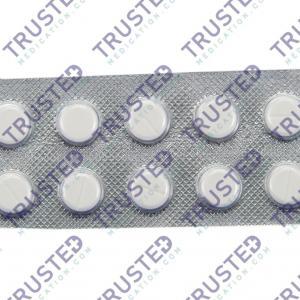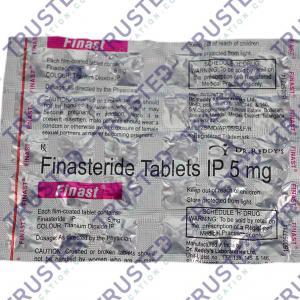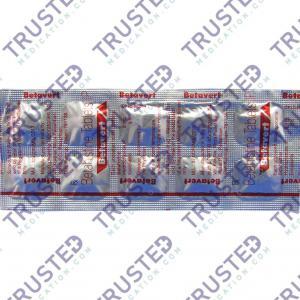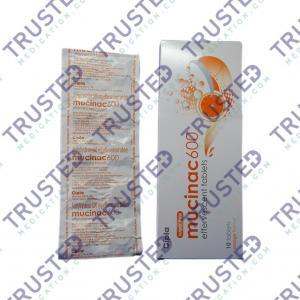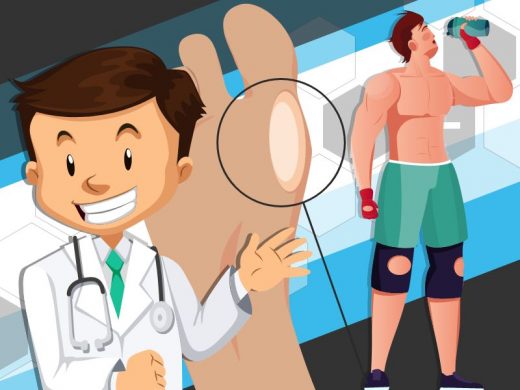
A Blister is a skin condition where fluid fills a space between layers of the skin. It is due to skin pressure or wearing tight clothes and shoes that repeatedly rub your Skin. Blisters are either painful or itchy.
If a sister gets infected, it will be filled with white pus. They are typical in the hands or feet but they can appear anywhere on the body.
Types of Blisters
- Blood blisters. You can get it when something pinches your skin. Instead of clear liquid, blood floods the area from broken blood vessels and damage to the lower layers of the skin. The blood pools and forms blisters.
- Friction blisters. It is due to rubbing on the skin, friction blisters form when clear fluid builds up in the upper layers of skin. You can get friction blisters from walking too much in poor-fitting shoes or by not wearing socks. You can also get them on your hands by holding things like shovels or other tools.
- Heat blisters: Blisters occur due to burns. They also occur after your warm-up from frostbite. Blistering skin is a reaction to a second-degree burn.
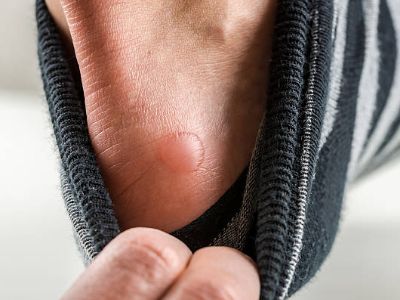
What are the Symptoms of Blister?
- Red and a tender patch of skin
- Raised lump
- Fluid-filled lump on the skin
- Sometimes blood-filled lump
- Pus and discharge
- Hot and painful area of the blister
- Red streaks around the blister
What are the Causes of Blisters?
- Friction. A repetitive rubbing can cause blisters and they appear on the hands or feet. Blisters occur readily if the condition is warm.
- Extreme temperatures. The blister formation helps categorize burns.
- Chemical exposure. It is also known as contact dermatitis. Skin contact with harmful cosmetics, solvents, detergents, and other chemical warfare agents can cause blisters.
- Crushing and Pinching. If a blood vessel ruptures, blood can leak into the gap between the skin layers. It results in blood blisters.
- Medical conditions. Herpes, chickenpox, eczema, dermatitis, and other skin condition causes blisters.

What are the Risk Factors of Blisters?
- Wearing ill-fitting clothes and shoes
- Sunburn pr frostbite
- Skin swelling
- Chemical exposure
- Allergic reaction
- Weakened immune system
How to Diagnose Blister?
Healthcare providers can diagnose blisters by looking at your skin or assessing your symptoms. If the blisters are caused by other health conditions, your doctor may recommend a biopsy. It examines a piece of a blister to determine the leading cause of the condition.
Treatment for Blisters
Blisters can heal on their own but you can also apply topical creams and antibacterial ointments. You can also use beauty and skincare products to stave off the marks and prevent other complications.

